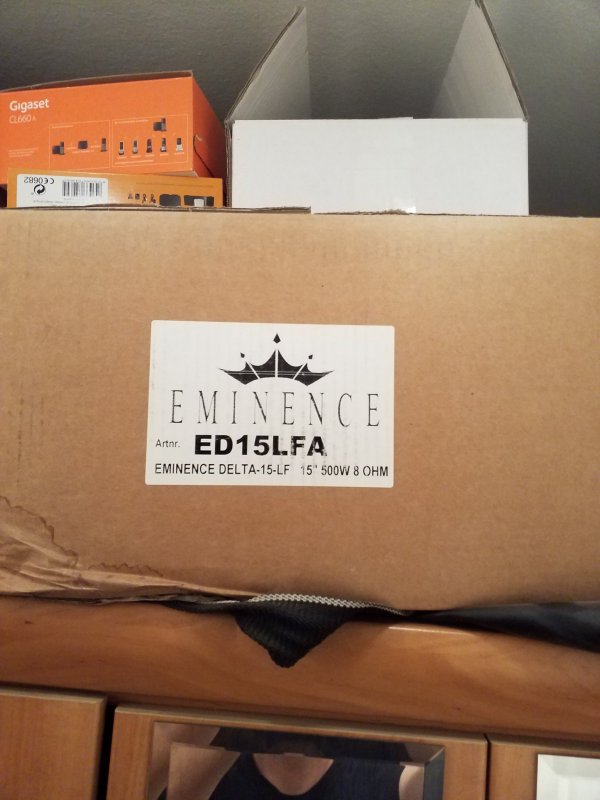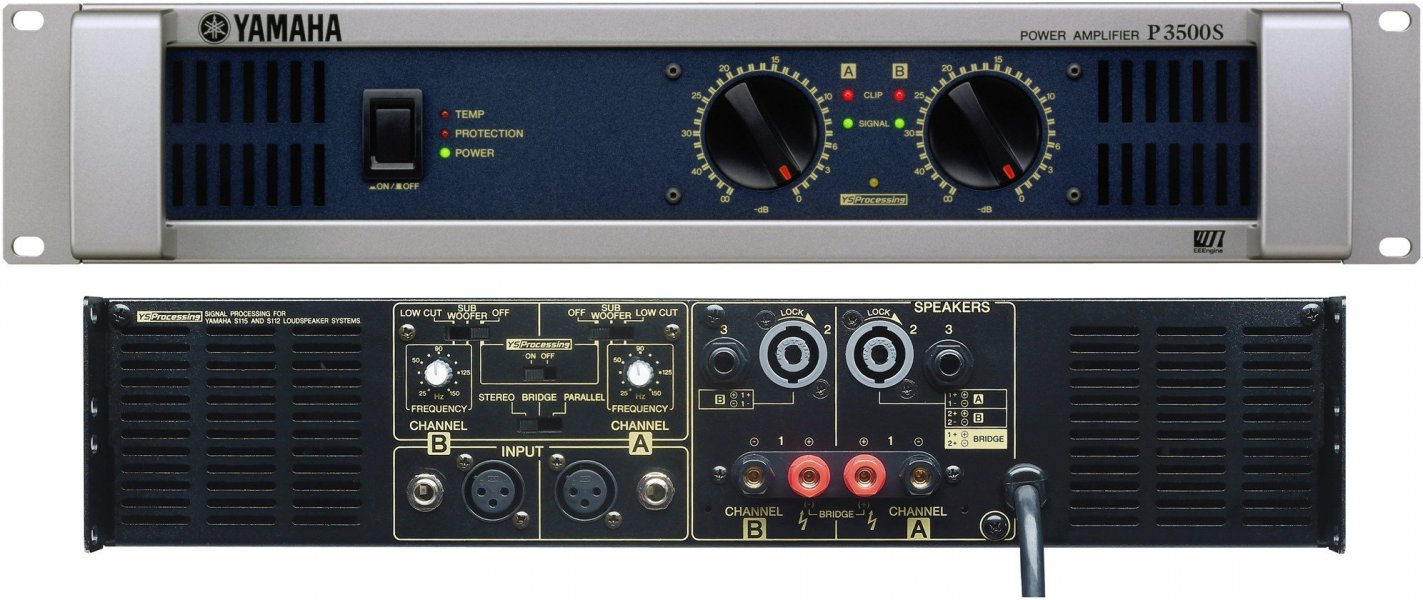Update: August 22nd 2022
I’ve now had the horns for four months and have experimented with a few different system configurations. The setup has changed for the better since my first post so here’s an update.
The biggest setup challenge has been integrating the bass bin to both the room and the multicell midrange horn. When I initially installed the speakers, I didn’t understand why they sounded so thin when run full-range with a single amp. With two 12” woofers per side, a lack of bass was the last thing I expected. Bi-amping provided a quick fix and got me enjoying the speaker right away. That's the setup I documented in my first post.
So I did some basic research on how bass horns work. I looked at how horn size and shape impacts frequency response. I took simple frequency response measurements to see what the bass bins were doing in my room. I finally figured out what was going on.
My Front Loaded Horn bins are relatively compact in order to squeeze the speakers into a domestic environment. Standard VOTT sized bass bins would be ascetically too big for my room. However, the compact size of my bass bins means the horn loading only kicks in above 150 Hz. Below that, the bass bins transition from horn-loaded to direct radiation. This means the direct radiating output at 50 Hz is about 10 dB
less than the horn loaded output above 150 Hz. Some of this is due to horn size and some of this is due to room interaction. I’m not bright enough to figure out what’s causing what, but it’s easy to see how this impacts the sound of the system.
Bi-amping is an easy fix. By using an active crossover and separately powering the bass bins I got a nicely balanced full-range response from the speakers. After doing the horn research, I learned why this works. I was using the active crossover to turn up the bass bins and filter out the extra horn gain above 200 Hz. I now understand why many VOTT devotees bi-amp them.
The big challenge was to get the speakers to work in my room with a single amp. Without some means of active frequency shaping, the speakers would deliver an in-room bass response worse than a pair of mini-monitors. This calls for (gasp!) equalization. Audiophiles are taught from a young age that equalizers are BAD! Why would I add something to my system that’s BAD! Well, many years in pro audio taught me that equalizers are tools that can yield GOOD results when used properly.
I started by inserting a Meyers Sound CP10 Parametric EQ between the preamp and power amp and found that I could build a pleasing frequency contour that smooths the bass response of the speakers down to 35 Hz. This was done primarily by cutting with multiple wide-Q filters. However, my nearly 30 year old CP-10 is not transparent enough to stay in the signal path. Studio room tuner Bob Hodas uses rebuilt CP-10s in many of the rooms he works in. I should ask him who he uses to rebuild them and send mine in for a refresh. Until that time…
I’m thankful for Schiit Audio and their wild obsession with building excellent yet inexpensive equalizers. The $1499 Loki Max is an amazing piece of engineering with remote control motorized filter controls and storable presets. The $299 Lokius is pretty much the same circuit but without the automation and big-ass chokes on the bass filters. Six bands, inductor-capacitor filters, quiet, wide-bandwidth circuit, balanced and unbalanced I/O. Bring it on!
View attachment 97118
The first thing I did with the Lokius is put it on a spectrum analyzer to see how the filters work. Turning the middle two bands (400 Hz and 2 kHz) all the way down produced a smooth, even, -8 dB shelf from 200 to 8 kHz. Perfect! Inserting the Lokius between the preamp and power amp and reducing the two middle bands was all the speakers needed to deliver a smooth, musical response down to 35 Hz. As an added bonus, the Lokius serves as a balanced to single end converter for the power amp. I was able to remove the Lundahl transformer box at the amp’s input which resulted in a slight increase in system transparency.
View attachment 97119
Is the Lokius completely transparent in the signal path with the filters engaged? No, but it’s pretty damn close. Depending on the quality of the source, I’m losing maybe 2% to 5% of what I get with a straight wire connection. I can live with that because the sound I’m getting with the EQ in play is freakin’ amazing. The system is now delivering all the magic I had hoped for. I feel very fortunate that Schiit designed and launched a reasonably priced equalizer that works so well for this application.

















